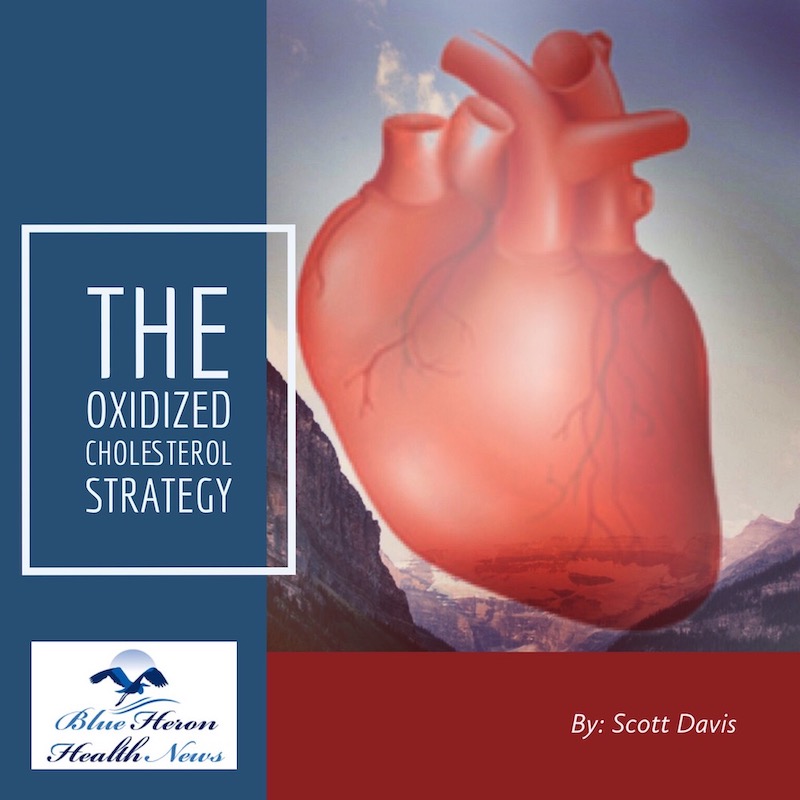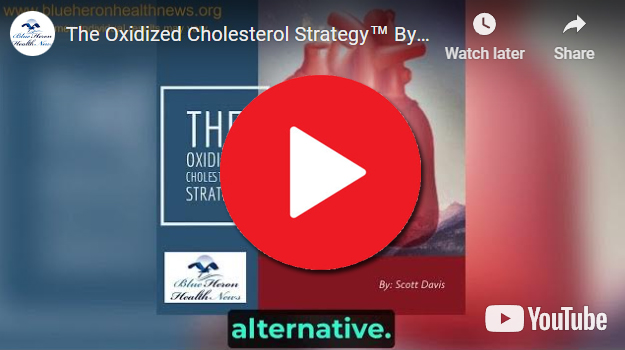
The Oxidized Cholesterol Strategy™ By Scott Davis The Oxidized Cholesterol Strategy is a well-researched program that reveals little known secret on how to tackle cholesterol plaque. This program will tell you step by step instructions on what you need to completely clean plaque buildup in your arteries so as to drop your cholesterol to healthy level.
What are the effects of oxidized cholesterol on the immune system?
Oxidized cholesterol, particularly in the form of oxidized low-density lipoprotein (OxLDL), has several significant effects on the immune system. These effects contribute to the development and progression of atherosclerosis and other inflammatory diseases. Here’s a detailed explanation of how oxidized cholesterol affects the immune system:
1. Activation of Immune Cells
Macrophages
- Scavenger Receptors: OxLDL is taken up by macrophages via scavenger receptors such as CD36 and SR-A. This leads to the transformation of macrophages into foam cells, a hallmark of atherosclerotic plaques.
- Inflammatory Cytokines: OxLDL stimulates macrophages to produce pro-inflammatory cytokines, including TNF-α, IL-1β, and IL-6, which promote inflammation.
Dendritic Cells
- Antigen Presentation: OxLDL can be processed and presented by dendritic cells, enhancing their maturation and the presentation of oxidized lipid antigens to T-cells, thereby initiating adaptive immune responses.
Neutrophils
- ROS Production: OxLDL activates neutrophils, leading to the release of reactive oxygen species (ROS) and further contributing to oxidative stress and tissue damage.
2. Inflammatory Response
Cytokine and Chemokine Release
- Pro-Inflammatory Cytokines: The interaction of OxLDL with immune cells induces the secretion of pro-inflammatory cytokines, creating a chronic inflammatory environment.
- Chemokines: OxLDL stimulates the production of chemokines such as MCP-1, which attract more monocytes to the site of inflammation, perpetuating the inflammatory cycle.
NF-κB Activation
- Signal Transduction: OxLDL activates the NF-κB pathway, a key regulator of inflammation. This activation leads to the expression of various inflammatory genes, including those encoding cytokines, chemokines, and adhesion molecules.
3. Promotion of Atherosclerosis
Foam Cell Formation
- Lipid Accumulation: Macrophages ingest OxLDL and transform into foam cells, which accumulate in the arterial intima and contribute to the formation of fatty streaks.
- Plaque Development: The accumulation of foam cells and extracellular lipids promotes the development of atherosclerotic plaques, which can lead to cardiovascular events.
Endothelial Dysfunction
- Adhesion Molecules: OxLDL increases the expression of adhesion molecules such as VCAM-1 and ICAM-1 on endothelial cells, facilitating the adhesion and transmigration of monocytes into the arterial wall.
- Reduced NO Production: OxLDL impairs nitric oxide (NO) production by endothelial cells, leading to endothelial dysfunction and contributing to atherogenesis.
4. Modulation of Adaptive Immunity
T-Cell Activation
- OxLDL-Specific T-Cells: Dendritic cells presenting OxLDL-derived antigens can activate specific T-cells, promoting an adaptive immune response against oxidized lipids.
- Th1 and Th17 Responses: OxLDL tends to promote Th1 and Th17 T-cell responses, which are associated with pro-inflammatory effects and atherosclerosis progression.
Regulatory T-Cells (Tregs)
- Treg Function: OxLDL may impair the function and numbers of regulatory T-cells (Tregs), which normally help to control immune responses and maintain tolerance, thereby exacerbating inflammation.
5. Autoimmune Reactions
Autoantibody Production
- Autoantibodies: OxLDL can be recognized as a neoantigen by the immune system, leading to the production of autoantibodies against oxidized lipid epitopes. These autoantibodies can form immune complexes that further promote inflammation.
- Immune Complexes: The formation of OxLDL-autoantibody immune complexes can deposit in tissues and exacerbate local inflammation and tissue damage.
6. Impact on Other Immune Cells
Natural Killer (NK) Cells
- Cytotoxic Activity: OxLDL can affect NK cell activity, potentially altering their ability to target and kill cells, including those involved in atherogenesis.
B-Cells
- Antibody Production: B-cells can produce antibodies against oxidized lipids, contributing to the formation of immune complexes and further inflammatory responses.
7. Systemic Effects
Chronic Inflammation
- Systemic Inflammation: The chronic inflammation induced by OxLDL contributes to systemic inflammatory states, which can affect various organs and systems beyond the cardiovascular system.
- Metabolic Disorders: Chronic inflammation is linked to the development of metabolic disorders such as insulin resistance, type 2 diabetes, and obesity, all of which can further exacerbate cardiovascular disease.
Conclusion
Oxidized cholesterol, particularly OxLDL, has profound effects on the immune system, driving both innate and adaptive immune responses that contribute to chronic inflammation and atherosclerosis. Through mechanisms such as macrophage activation, foam cell formation, endothelial dysfunction, T-cell activation, and autoantibody production, OxLDL promotes the development and progression of cardiovascular disease. Understanding these interactions highlights the importance of managing oxidative stress and maintaining healthy cholesterol levels to mitigate the adverse effects of oxidized cholesterol on the immune system and overall health.
The Oxidized Cholesterol Strategy™ By Scott Davis The Oxidized Cholesterol Strategy is a well-researched program that reveals little known secret on how to tackle cholesterol plaque. This program will tell you step by step instructions on what you need to completely clean plaque buildup in your arteries so as to drop your cholesterol to healthy level.
